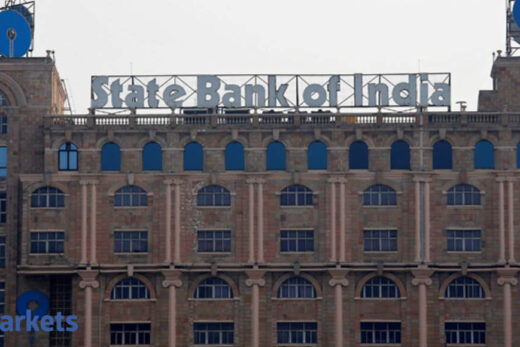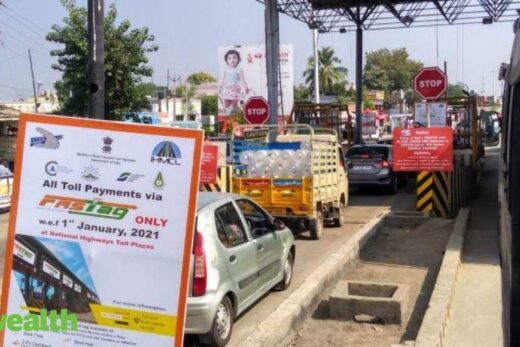New Delhi: The Reserve Bank of India (RBI) has shot down suggestions of a fresh suspension of the Insolvency & Bankruptcy Code (IBC) due to the second wave of Covid, while making it clear that banks can still restructure distressed but viable loans, ensuring that their balance sheets remain transparent.
In initial discussions with the government, the RBI has indicated a freeze will not help anyone in the long run as it will only show lower level of non-performing assets (NPAs), government sources told TOI. The government has not completely shut the door on the issue but the regulator’s reluctance will certainly weigh on the decision.
Last year, the RBI went along with the government’s decision to suspend IBC provisions for six months, which was subsequently extended to a year, but it had reservations. Due to the last round of freeze, several businesses managed to avoid reference to NCLT, enabling managements to stay in the saddle. The moment a case against a company is admitted, promoters lose control as an insolvency professional runs the show along with a committee of creditors until the resolution process is completed.
“It is kicking the can down the road. Any banker would know the exact situation of NPAs on his books even with the freeze but the balance sheet will reflect it after a few quarters,” said a source.
The corporate sector has pitched for a fresh suspension, arguing that there will be additional stress in the wake of the lockdown announced across most states to check the surge in cases, which are still rising by over three lakhs daily. Officials, however, said that the demand was being amplified by a section of the industry that was facing stress even before the pandemic-hit India. Besides, by all accounts the corporate performance has been encouraging up to the March quarter and the assessment is that the recovery this time will be faster than last year, given that businesses have not completely shut down and supply chains remain open.
Government sources said that the steps announced by the RBI, allowing restructuring for small retail and business loans, will ease the pressure on the most vulnerable segments. “The slightly larger borrowers have some cushion. We are keeping a watch along with the RBI. It will take a little time to assess the full extent of damage,” said an official.
Separately, the finance ministry is also working with the state-run lenders to see how best the loan restructuring scheme announced by the RBI can be implemented at a time when many individuals may find it difficult to visit branches. Although the Centre had announced a pre-packaged insolvency resolution window for micro, small and medium enterprises — which is in addition to the restructuring offered by the RBI — it has so far seen limited response as large parts of the country started shutting down soon after the mechanism was put in place.
Besides, sources said, the RBI had allowed a one-time restructuring window for small businesses and banks have the option to use that facility until June. For the larger players, the June 2019 circular allows banks to restructure loans, provided they set aside funds and the NPA classification remains unchanged.




